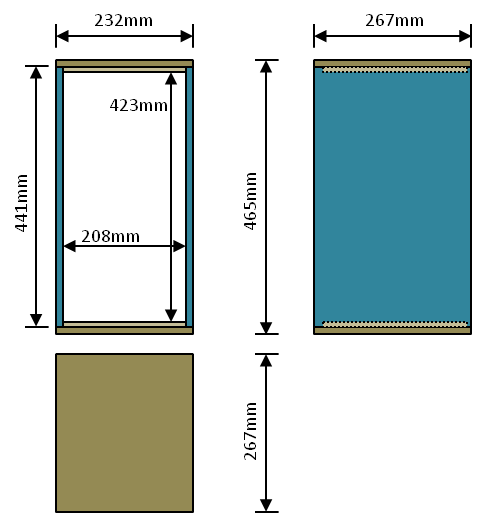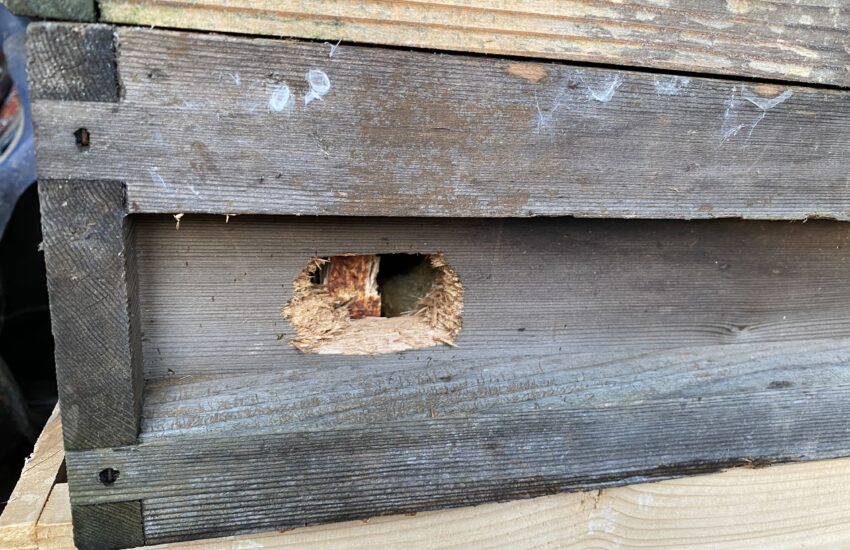BS Commercial – hive plans
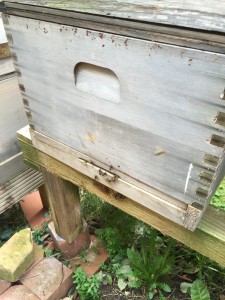
Beekeeping in the rest of the world is dominated by a design of hive invented in the US, the Langstroth hive. Here in the UK we have a whole plethora of different shapes and sizes of hives, reflecting the largely hobbyist nature of beekeeping. There are WBC’s (the nice white one’s most people would think of when we talk about beehives), through National (very widely used), Langstroth (also widely used), Smith, OSB, Commercial and more.
Once you’ve commited to a certain type then you tend to stick with it, as mixing and matching is both expensive and practically difficult (trying to move a frame of brood from one healthy hive to save another struggling hive is hard to plan when hive sizes are different). Of course, we’d all be keen on standardisation – just as long as everyone standardised to our favourite!
I run Commercial hives, this is a British Standard size that is, I would say, mildly popular. I fell into using it by accident, being used by some other beekeepers I spoke to. Hardly a rigning endorsement, but it serves my purposes.
Some of the advantages that work for me are:
- The brood box is slightly bigger than a National, so I generally don’t have to fudge things like multiple brood boxes if I have a very prolific colony.
- The box size is compatible with National floors, supers, roofs etc – so very easy to find parts
- The brood box is very simple, it’s just a square box
On the third point, that should make building your own Commercial brood boxes very easy. It should be much easier than, for example, a National – which has various cross pieces and inserts. See David Cushman’s marvellous site for plans of a National brood box.
However, despite this, there seems to be an absence of plans on the internet for Commercial brood boxes. See the discussions here and here.
So, I’ve written down my own plans in the hope that (a) they are useful to others and (b) it means I don’t need to keep reinventing them from scratch.
I am sure some will have comments and views. If you spot an error then please let me know. I’ll leave you to decide how ‘British Standard’ they are, as I have worked backwards from measuring some bought in brood boxes and nuc boxes.
Firstly plans for full sized brood boxes – timber, and plywood.
Timber – Commercial brood box
Firstly, for the carpenters, making a brood box from pieces of 21mm timber.
If you can knock up a mean box joint then this is for you:
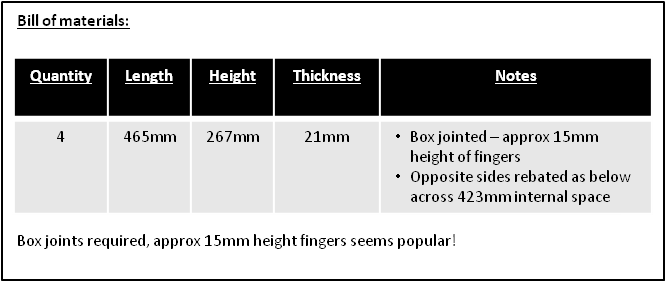

One thing to bear in mind is the need to create a rebate inside, top and bottom, part way across (not to the edges). The top, to provide a place to put the frame runners, and the bottom to create bottom beespace.

Plywood – Commercial brood box
Now for the rest of us mere mortals, the cheaper (heavier!) and easier to construct plywood version.
In this case it uses 9mm, 12mm and 18mm ply.
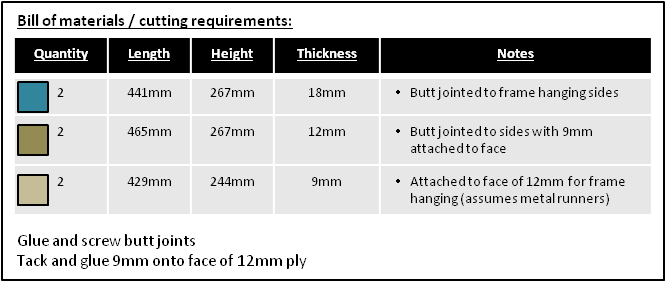

In this version the frames are hung from 9mm ply inserts – serving the same purpose as the rebates in the timber version.

As it happens I am not a big fan of plywood for brood boxes.
I prefer to use ply for nuc boxes, plans for those next time around.
